cameras are a bit of a balancing act when in manual mode. you need to get a good understanding of what makes what do what and it will click in to place. manual is best by far though if you want to get creative.
i'll break it down for you.
you have 3 things to consider and it all comes down to light getting in to the camera.
you have; ISO, aperture and shutter speed.
ISO is the sensitivity of the sensor. the iso usually starts at 100 and goes to around 1600. lower the better in terms of quality but the higher you go it gets more sensitive. so in basic terms, the lower the light it can be a benefit to raise the ISO. but raise it too much it gets grainy.
think of ISO as a bunch of bees, you take the photo at 100 ISO and 100 bees go out and collect the light and bring it back. make the ISO 200 and 200 bees go and get your light. make it it ISO 1600 and 1600 bees go and get your light. you cram 1600 bees in it gets grainy, its rare you need it that high. in everyday outside conditions, just stick at ISO 100, it's best quality and usually good enough.
aperture is the hole in the lens. it's usually denoted as a figure in your camera prefixed with F, so for example F2, F8, F16.
think of it as the iris of your eye and the size of your pupil, its pretty much the same thing.
to confuse it a little, the lower the F number the bigger the hole of the lens is. so F2 would be big as possible, so think of F2 as your pupil being big, F16 would be a small hole, like your pupil being really small.
so the part to understand is that when the hole in the lens is big, such as F2, it will let in lots of light. when F16 it will let in less light
to explain why you may want this to vary, F2 would let in more light, so is good when light is low but it will also make your image fuzzy and you have to focus on one spot. this can be good for creating an effect and is often used in portraits, the face is in focus and the background blurry.
F16 lets in less light, so is good when its really sunny for example, it will also make almost everything be in focus and will overall be a sharper image. this can be good in landscape photography.
this is where using manual makes the difference as you start to see where you control the effect.
Shutter speed is the last thing.
it is simply how long the shutter is held open for. these range from fractions of a second to 30 seconds or more.
again its about light in to the camera, shutter stays open for a split second, not much light gets in. stays open for a long time, lots of light gets in.
variables are there for getting the right amount of light in for a given scene, if its really bright you won't need it open long. if you're taking pictures of stars in the dark, you need it open for a long time to allow that low light in to your camera.
there are various effects this creates but you don't need to worry about this yet.
those 3 things are effectively what you need to understand, then go play with your camera. its all about light. (and most definitely NOT about buying equipment)
so as a good starting point, start with your camera at ISO 100, F8 and shutter speed of 1/250.
go outside, leave the ISO at 100 and forget about it, leave F8 alone for the moment and take some pictures only varying the shutter speed. you will see it either over expose or under expose. get the balance right and it will be a good exposure.
when you feel happy with how that works, start to play with the aperture. you will see it varies in exposure too.
this is now when you need to balance the aperture and shutter speed.
there should be a gauge inside the eye bit on your camera to help you, it will be a line at the bottom going left to right usually. when in the centre it will be set up for a good exposure.
when youre at this part, you just need to experiment with it.
so at this stage, you just need to understand ISO worry about aperture and shutter speed when using it.
when you can balance those 2 things, it should click.
the other stuff would then be focusing and composition etc, but thats separate and not so important yet.
a good way of jumping in at the deep end with this is to take your camera to a parade, busy street or race day where loads of things are passing you by and just try keep up with taking photos of everything going past. after and hour of fiddling with your shutter speed and aperture, you'll probably have it down to a fine art

my Flickr page is
www.flickr.com/dogtemple if you want to take a look, happy to explain how any of it was done if anyone is interested.






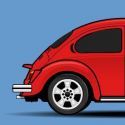


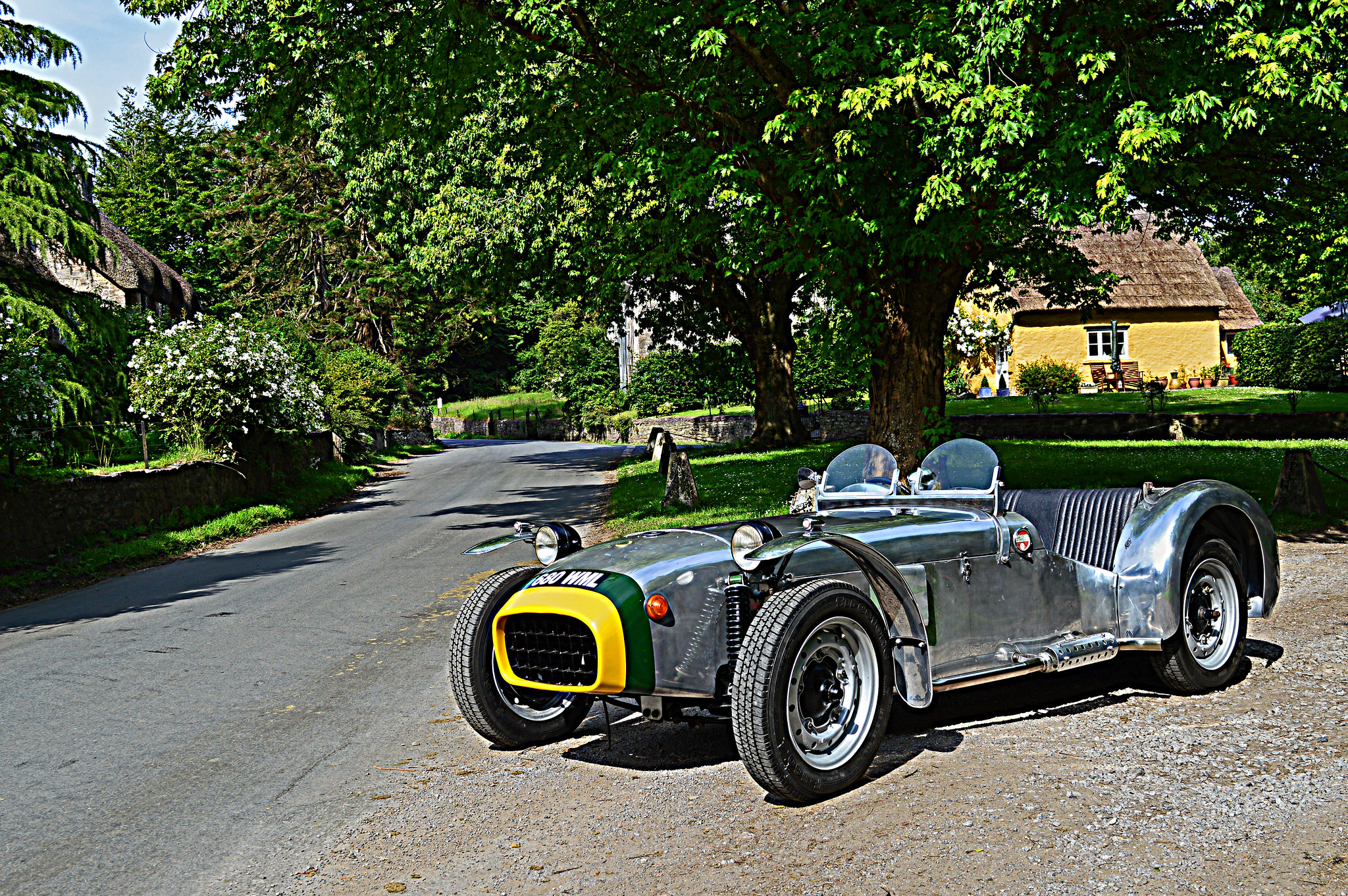

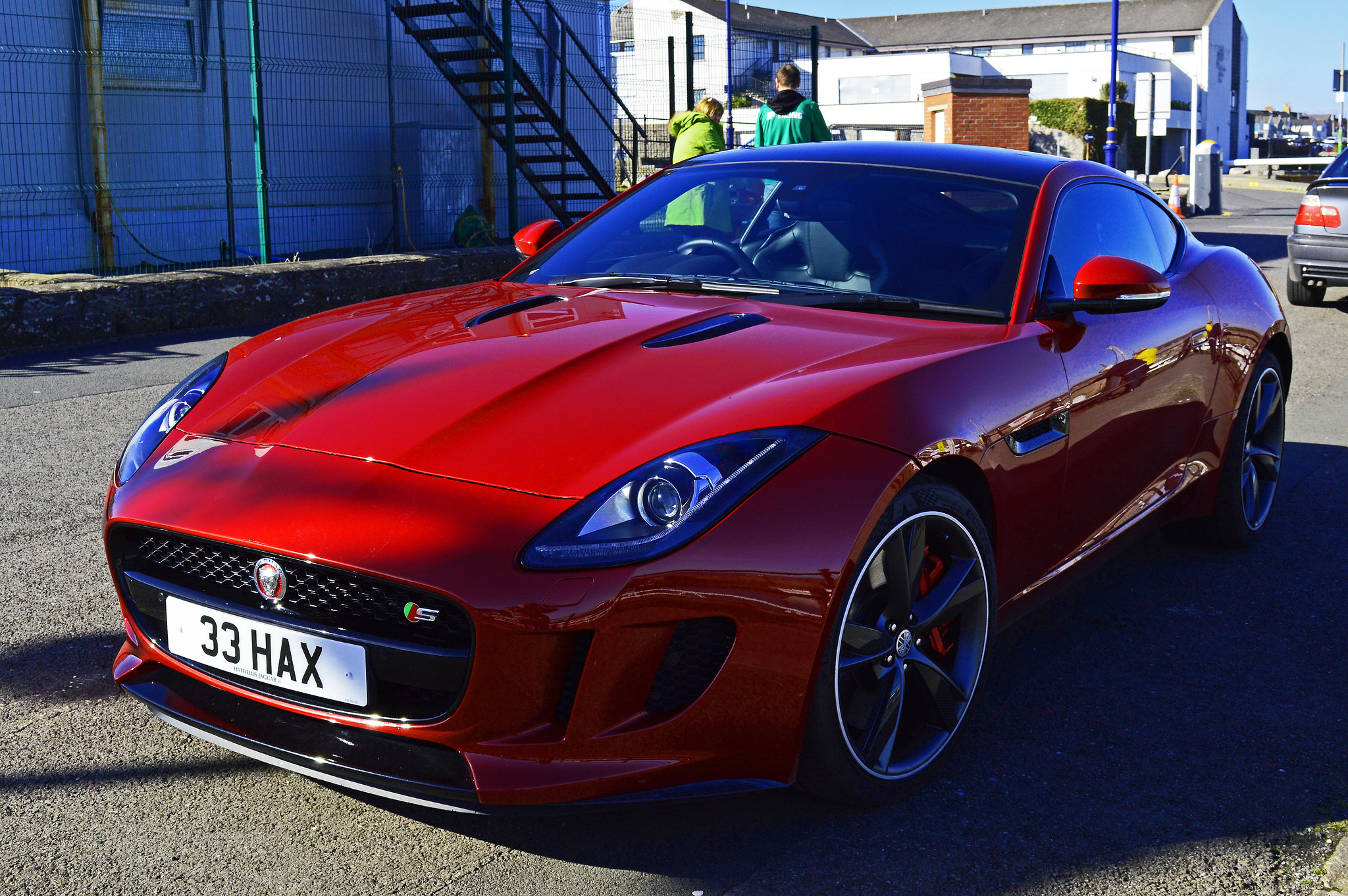
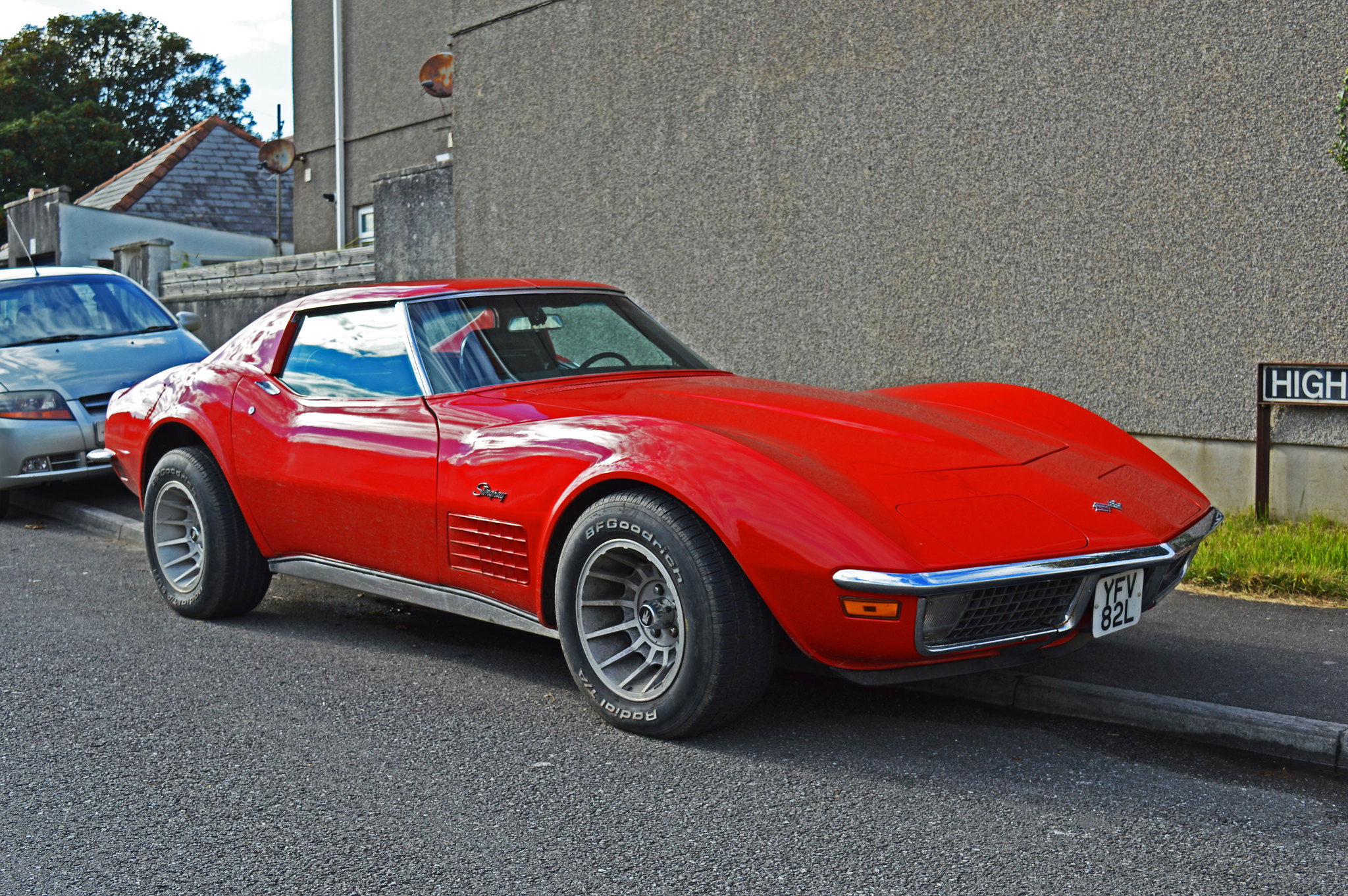
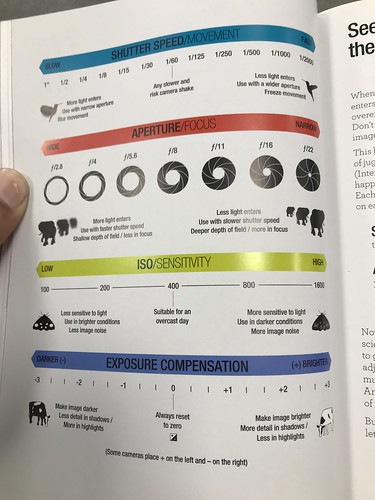

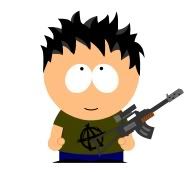

 .
.